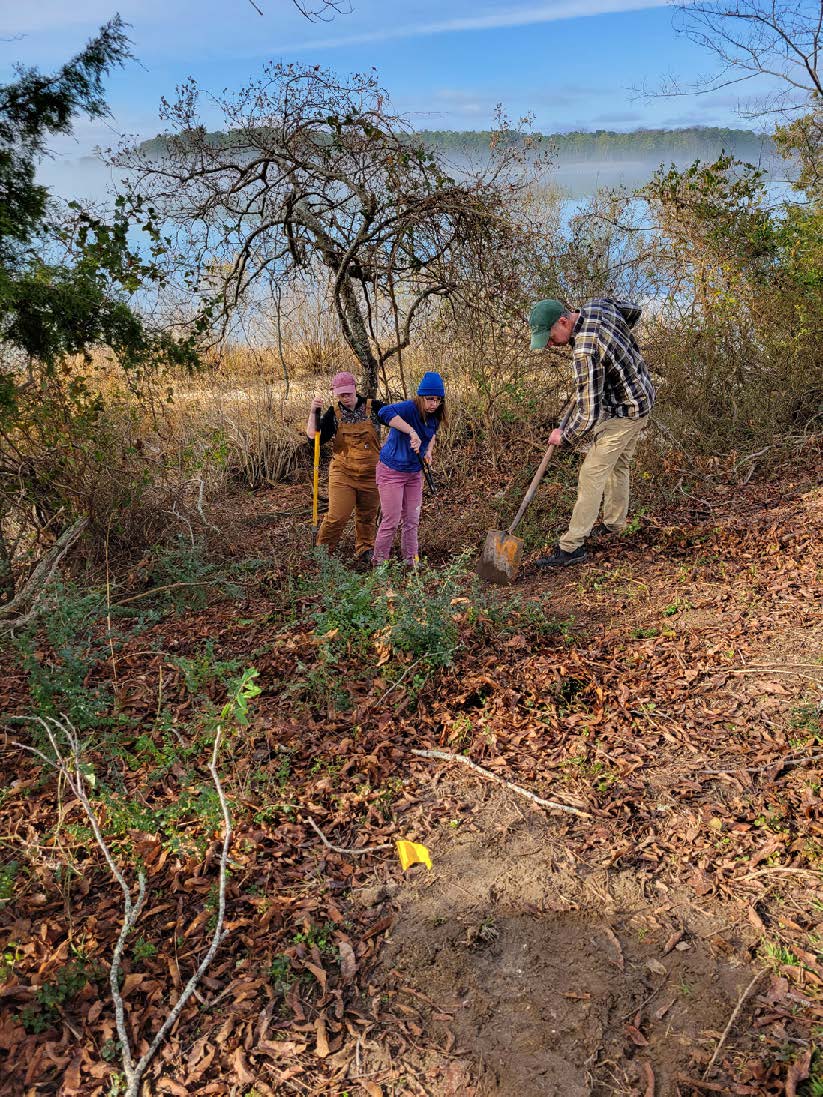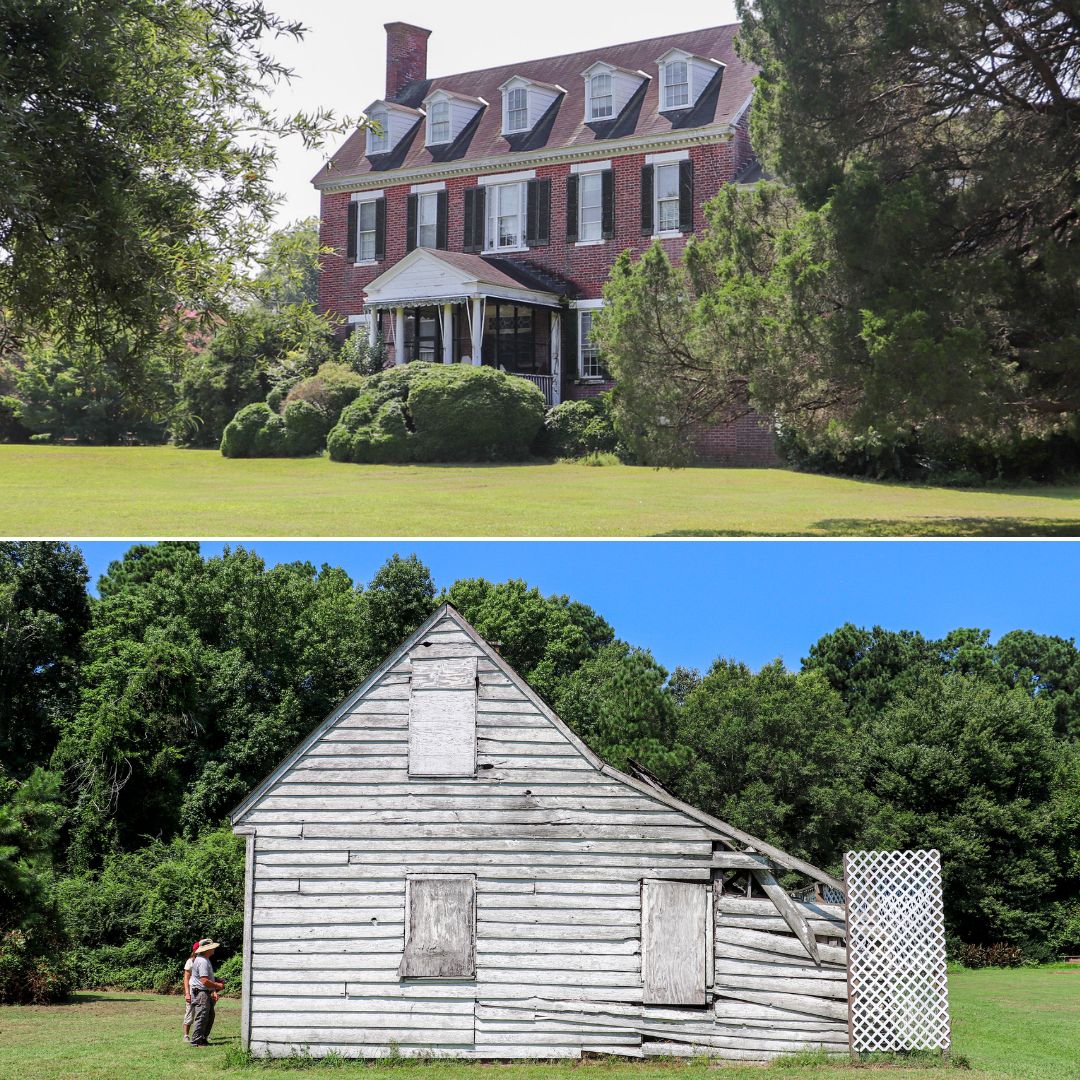Archives News: Updates to the VLR Online (Virginia Landmarks Register Listings)
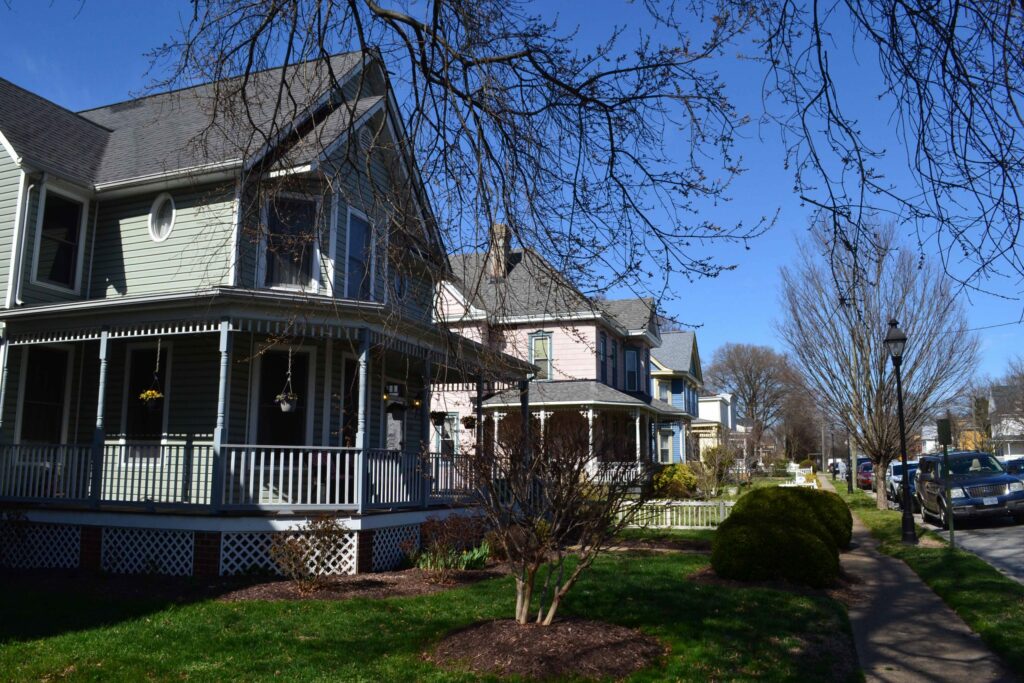
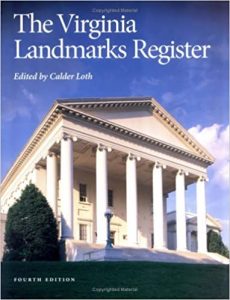
Since DHR launched the VLR Online in 2018, DHR staff has enriched the information posted to our website about each landmark. Initially, we focused on correcting obvious errors to the summary texts or updating them if a property should be delisted for some reason. When warranted, we linked additional pdf files for the posted landmarks, and fixed broken links to the VLR (pdf) nominations. (Thanks to readers who alerted us.) With that first phase largely completed, our attention has shifted to ensuring that the images posted for each VLR property are, in fact, good, publication-quality representations of the historic sites as they currently appear.
In the past year, Calder Loth, DHR’s and Virginia’s eminent architectural historian, has volunteered to lead a comprehensive update of the VLRs’ publication photographs. The goal is to replace what has been largely a collection of black-and-white photos, some upwards of 30 or 40 years old, with color photographs. The project has evolved into an online “Fifth Edition” of the book Calder edited and shepherded into publication in 1999, The Virginia Landmarks Register (Fourth Edition), published by the University of Virginia Press. That book had nearly 1,800 entries. In 2021, the VLR listings, now nearing 3,300, would require a multi-volume publication.
Calder has approached the task of updating images by first ranging across VLRs listed during the past decade or so. He identified dozens of these color VLR images that needed some polishing to make them shine by correcting perspective skews or lightening shadows, cropping, or other enhancements he could make using Photoshop. Calder, a superb photographer, also supplied a large number of his own digital images and scanned slides to replace older photos. In a number of cases Calder has relied as well on internet sources such as Wikipedia and county landmark inventories for acceptable up-to-date color images.
Here is a sample of Calder's reworking of his own photographs used for representative VLR-O property images.
He has chided and inspired colleagues to take opportunities—especially during sunny days in our pandemic addled times—to conduct windshield surveys to re-photograph VLR-listed properties. Some of our register program staff are now, as opportunity strikes, snapping these photos from the public right-of-way (hence, “windshield” survey), unless a property owner allows a DHR employee onto the property to photograph a house or other building. Calder also enlisted staff members to supply additional digital files, all of which he tweaks in Photoshop before posting as the new representative photo for a VLR listing.
An important by-product of this project is its serving as an audit of our many registered landmarks, documenting any changes of status to buildings, structures, sites, and districts that have not been visited by DHR in years. While we have identified a handful of demolitions, thus far, the news is otherwise good—most of Virginia’s irreplaceable historic landmarks are being well maintained.
David Edwards, director of DHR’s Community Services Division and an outstanding photographer as well, has undertaken a series of field trips to re-photograph dozens of landmarks in northern Virginia and the Shenandoah Valley. David has also reviewed and edited as needed the summary descriptions of VLR properties in numerous jurisdictions.
Here is a sampling of David's re-survey of sites in the Shenandoah Valley's Page County.
Notably, the VLR Online now shows the year a photograph was taken and a credit for the photographer, when this information is known. These should be useful reference points for the public, and will inform staff in determining future priorities for site visits of register properties and districts.
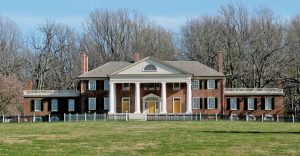
As a larger number of the older VLR-O summary pages have come to feature arresting color images, DHR’s eastern region architectural historian Marc Wagner has featured many of them on DHR’s Facebook page, noticeably increasing “engagement” with our FB followers, who are responding quite positively to these VLR-O posts. Most of these posts see engagement with hundreds, sometime thousands of our FB visitors, who are also sharing these posts on their own homepages and thus increasing the number of views for each post of a landmark property. One recent FB post of a 2015 photograph, taken by Calder, of James Madison’s restored Montpelier has been viewed by nearly 30,000 Facebook users.
We interpret that as confirmation that our efforts to update the VLR-O are well received and that Virginians love their history. As if we had any doubt about that love.
–Quatro Hubbard
DHR Archivist
& Randy Jones
DHR Public Information Officer





